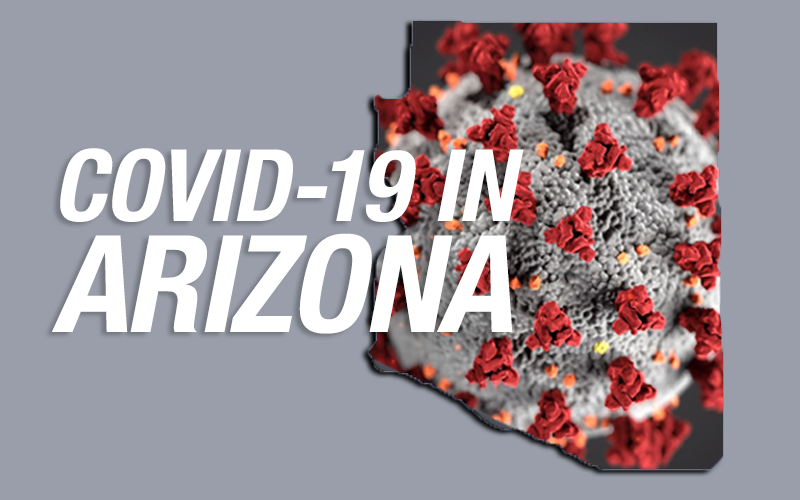
PHOENIX – Tribal response to the 2020 Census badly trails state and national rates, according to Census Bureau data, with the already-challenging task of counting in tribal areas further complicated by the arrival of COVID-19.
U.S. and Arizona response rates to the questionnaire that went out in mid-March were hovering around one-third of the expected total by the end of the month. But the highest response rate for an Arizona tribe is just under 22%, and many more of the state’s tribes are at or below a 1% response rate.
Experts have blamed the lack of internet access in Indian Country and the arrival of the coronavirus, which has hit some tribal areas particularly hard. But they also said it’s not time to panic yet, as there are still months for census takers to finish the job.
“We are fairly early in the process, and because of coronavirus, a lot of the dates have gotten shifted around,” said University of Arizona geography Professor David Plane. “About when they can get people into the field and so on. So I would be a little hesitant to authenticate what is going on.”
As of March 31, the Census Bureau said 38.4% of households across the country had “self-responded” through one of several methods – by phone, by mail or online. The response rate for Arizona that day was 36.5%.
The response rate from tribes in the state did not even come close.
The Salt River Pima-Maricopa and the Pascua Yaqui had the highest response rates at 21.8% and 21.7%, respectively, two of just five tribes in double digits. The Tohono O’odham response rate was 1.5%, for example, while the Hopi and Navajo rates were 0.1%.
At stake in the Census are billions in federal funding and representation in Congress. In 2016, Arizona got more than $20.5 billion in federal funding based on numbers from the 2010 Census – roughly $3,000 per Arizonan, according to a study last month by University of Arizona Associate Professor Jason Jurjevich last month.
But Jurjevich said Native Americans are historically undercounted, with an estimated 30,000 American Indian and Alaska Natives excluded in the 2010 count.
“Native Americans, as of 2010, those living on reservations have the highest undercount percentage,” Jurjevich said.
Census Bureau officials are well aware of the difficulty of counting in tribal areas, and said they have several programs to address the problem, including by hand-delivering questionnaires.
Dennis Johnson, deputy director for the Census Bureau’s Denver region, said the bureau often hires tribal members who know the land and can assist in finding hard-to-count homes in areas where there may not be reliable maps showing homes.
“In many of the tribal areas, we are delivering to a post office box or central location, so we don’t know where that housing unit is,” Johnson said.
“We have our own staff go out and deliver those questionnaires, and they can pinpoint the location of that unit, which is very critical in census taking,” he said. “Not only knowing how many people but where they live.”

The coronavirus outbreak forced the bureau on March 18 to pull workers from the field, and the agency is urging state residents to file their questionnaires online.
“It has not affected the ability for households to respond on their own. They’re encouraged to, and they can go online to fill out their census information,” Johnson said.
That can be a problem in Indian Country, where internet access is often more scarce than in other parts of the country. But Plane said the bureau has taken that into account.
“It always takes more effort to enumerate rural areas … but there are different procedures that the bureau has,” he said.
Even though April 1 is considered “Census Day,” responses are still being accepted and that will be followed by in-person enumerators who are currently scheduled to be in the field until mid-August, tracking down people who have not responded.
Jurjevich, pointing to Arizona’s relatively high response rate, believes the state is on-track for a successful count this year. While rural areas tend to take longer to respond, he believes tribes will eventually follow the lead of metro areas.
“Right now, Arizona’s response rate is 36%,” Jurjevich said. “I think the challenge for local census leaders across the state is to take stock of where we are now and work with census bureau officials and community-based outreach.”
